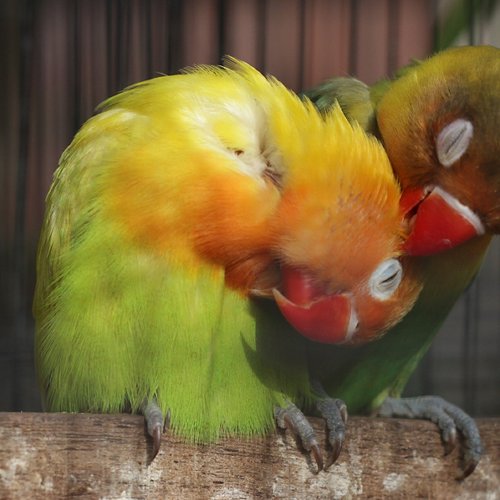Some people call them “monkeys with feathers” because they can do clever things comparable to many of our monkey cousins. They use tools, or rather, modify small sticks and leaves to obtain the tools most suitable for carrying out simple tasks, like extracting food from a hole in bark, just as chimpanzees do when, with a stick, they catch termites in their nests. Similar skills but different brains. The brains of birds are very different from those of mammals, which is not surprising given that the last common ancestor between us and crows and chickens lived 320 million years ago. For example, we mammals have the cerebral cortex, the outermost layer of the brain, which plays a key role in the most complex functions and intelligence. Birds don’t have one: so how can they be so smart? Recent research by two German universities finally explains why crows and other feathered marvels, such as parrots, are exceptionally intelligent. In the brains of birds, there is a part called the “pallium”, and according to researchers, it is precisely the part of the brain responsible for the birds’ mental abilities. The pallium therefore does in birds what the cortex does in mammals.
There is another very obvious difference between the brains of mammals and of birds: size. For equal performance, birds have small brains when compared to mammals. And yet they work perfectly. How come? We know that neurons are the brain cells that carry nerve impulses. Neurons form complex networks and it is thanks to these that the brains of all animals function. In our brain, for example, there are about 90 billion interconnected neurons that collect information, process it and respond with actions, thoughts, dreams, emotions… That is, with the mind.




